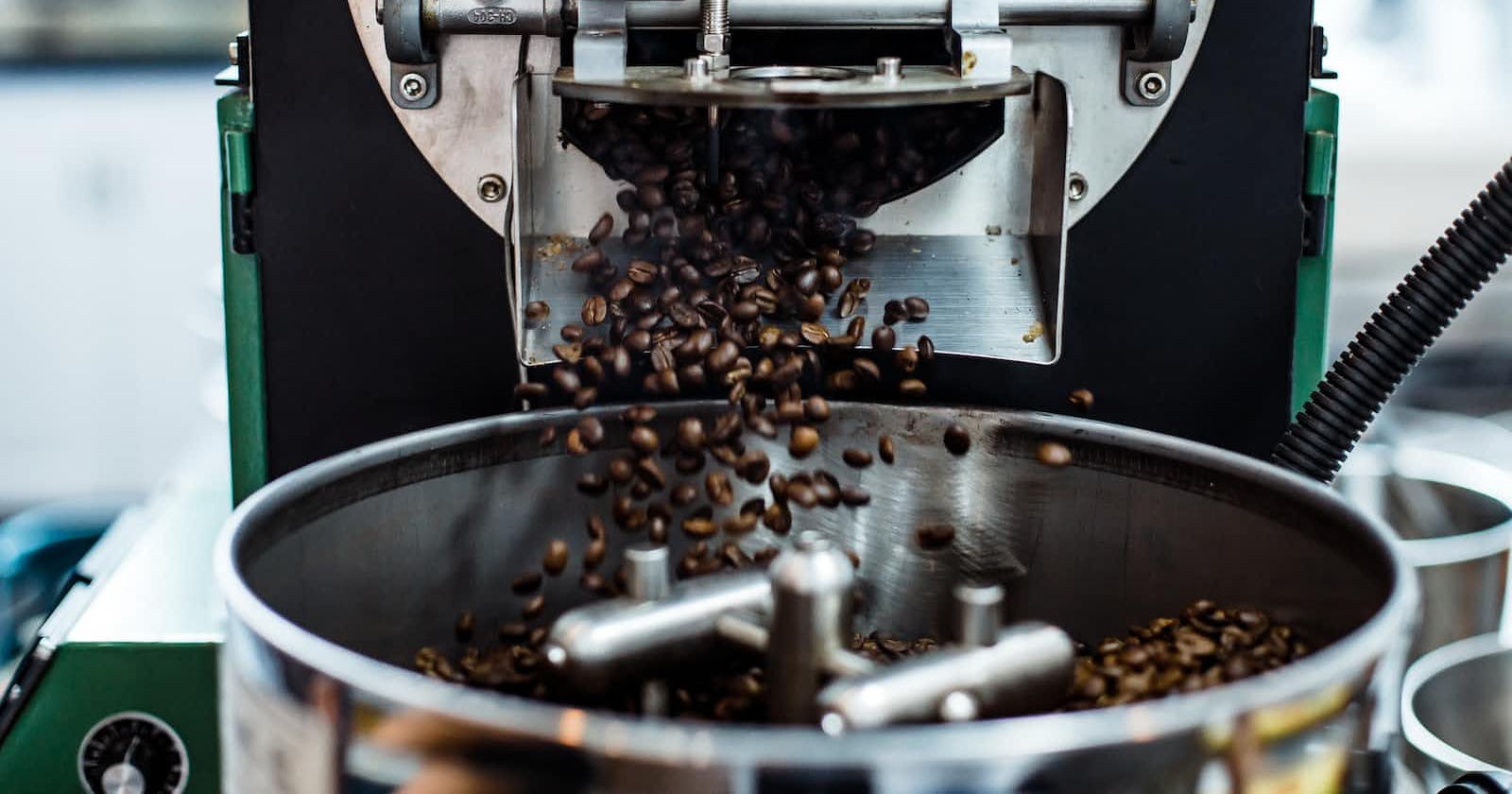Introduction
Temperature control is a critical aspect of coffee roasting, as it directly influences the flavors, aromas, and overall quality of the roasted coffee beans. Proper temperature management allows roasters to achieve desired roast profiles and bring out the unique characteristics of different coffee beans. In this article, we will explore the significance of temperature control in coffee roasting and the various techniques employed to ensure precise and consistent results.
Importance of Temperature Control
Development of Flavor: Temperature control during coffee roasting influences the development of various flavors. Lower temperatures at the beginning of the roast preserve the bean's natural acidity and delicate flavors, while higher temperatures during the later stages result in the development of caramelized and rich flavors.
Consistency: Maintaining consistent temperatures throughout the roasting process ensures uniform roast development and prevents variations in flavor and quality. Precise temperature control allows roasters to reproduce desired roast profiles consistently.
Roast Profile Customization: Temperature control enables roasters to customize roast profiles to suit different coffee beans and flavor preferences. By adjusting temperature parameters, roasters can emphasize certain flavor characteristics, control the roast level, and achieve specific taste profiles.
Roast Time Optimization: Effective temperature control allows roasters to optimize roast times. By carefully managing the rate of temperature increase or decrease, roasters can achieve desired roast levels efficiently without under or over-roasting the beans.
Temperature Control Techniques
Manual Control: In manual control, the roaster adjusts the heat source manually throughout the roasting process. This technique requires experience and skill to maintain consistent temperatures by adjusting the gas or electric heat output.
Profile Roasting: Profile roasting involves programming and following a predetermined roast profile that specifies temperature changes at different stages of the roast. This technique allows for precise control by automating the temperature adjustments according to the desired roast curve.
PID Control: Proportional-Integral-Derivative (PID) control is a sophisticated temperature control system commonly found in advanced roasters. It uses algorithms to continuously monitor and adjust the heat source, ensuring precise and stable temperatures throughout the roast.
Environmental Control: Environmental control refers to maintaining control over factors such as ambient temperature, humidity, and airflow within the roasting environment. These factors impact the roasting process and affect the heat transfer to the beans, thus influencing temperature control.
Monitoring Devices: Temperature monitoring devices, such as thermocouples, infrared sensors, or digital probes, are used to measure and monitor the bean and ambient temperatures during the roast. These devices provide real-time temperature data, allowing roasters to make adjustments as needed.
Best Practices for Temperature Control
Preheating: Preheating the roaster before introducing the coffee beans helps establish a consistent starting temperature, allowing for more accurate temperature control throughout the roast.
Observation and Adjustment: Regularly observing temperature trends and making necessary adjustments during the roast ensures that the desired temperature trajectory is followed. Roasters should monitor the temperature closely, making minor adjustments as needed to maintain the desired profile.
Understanding Roaster Characteristics: Each coffee roaster has its own unique characteristics and heat transfer dynamics. Roasters should familiarize themselves with their specific equipment to understand how heat is distributed and adjust accordingly.
Consistent Bean Agitation: Consistently agitating the beans during the roast ensures even heat distribution and promotes consistent temperature control. Proper agitation helps prevent localized hotspots or uneven roasting.
Record and Analyze Data: Recording roast data, including temperature profiles and roast observations, allows roasters to analyze and refine their temperature control techniques over time. This data-driven approach helps in fine-tuning roast profiles and achieving consistent results.
Conclusion
Temperature control is a fundamental aspect of coffee roasting that significantly impacts the flavors, aromas, and overall quality of the roasted beans. Through manual control, profile roasting, PID control, and environmental control, roasters can achieve precise and consistent temperature management. By following best practices and utilizing monitoring devices, roasters can create the perfect roast, showcasing the unique characteristics of each coffee bean.
FAQs
Is temperature control the only factor affecting coffee roast quality?
- Temperature control is a crucial factor, but other variables such as airflow, time, and bean agitation also influence roast quality. Achieving the desired roast requires a balance of these variables.
Can temperature control be achieved with manual roasting methods?
- Yes, manual roasting methods allow for temperature control, but they require experience and attention to detail. Skillful manipulation of heat source output and observation of temperature trends is essential for maintaining control.
What is the significance of PID control in coffee roasting?
- PID control systems offer precise temperature control by continuously adjusting heat output based on feedback from temperature sensors. They help maintain stable and consistent temperatures throughout the roast.
How can I determine the optimal temperature profile for different coffee beans?
- Determining the optimal temperature profile requires experimentation and tasting. Roast small batches with different temperature profiles, and assess the flavors and characteristics achieved to determine the preferred roast profile for each coffee bean.
Can temperature control be achieved with entry-level coffee roasters?
- Entry-level coffee roasters may have limited temperature control options, but careful monitoring and adjustments can still be made during the roast. Roasters should utilize the available features and techniques to achieve the desired results.


